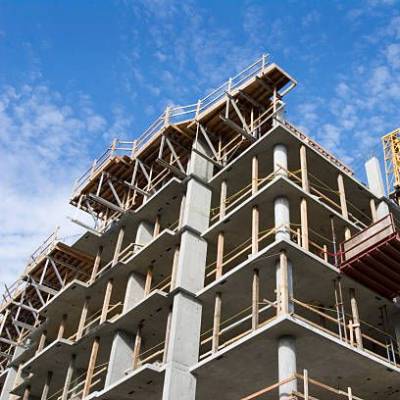

Niti Aayog has proposed relaxation of building bye-laws to spur the availability of land and direct benefit transfer schemes such as rental housing vouchers for economically weaker sections as it strives to tap the economic potential of all cities, big or small, via planned urbanisation.
Niti Aayog suggests developing a comprehensive economic vision for a long-term horizon (10–15 years), setting up a city economic council, and creating a promotion and marketing budget for cities. As India transitions from being a rural to an urban society, the focus must be on harnessing the economic potential of all cities, large and small, including the Tier 2 and 3 cities. This needs that cities be managed appropriately, the Aayog said in its report, Cities as Engines of Growth, jointly designed with the Asian Development Bank (ADB). India is already the second-largest urban community in the world, and the country is likely to add another 416 million people to its cities by 2050, which will take the urban share of the population to 50%. Around 460 million resided in Indian cities in 2018 against 109 million in 1970, as per the report. Create differentiated incentive policies to draw investments in smaller and underdeveloped cities and a city-level single window facility for service sector industries based within natural city boundaries, the report said. Further, it has proposed the adoption of an integrative regional approach to planning by determining the larger urban area with resilient infrastructure and by planning the city and commuting areas together. Create a capital investment plan to determine projects and schemes that are economically self-sustaining, and preferably revenue-generating. Further, it has offered the digitisation of land records systems and integration of institutions of registration, revenue, and survey operations at the state level to coordinate land records data. Explore alternative models for land acquisition and assembly and relaxation of building bye-laws that may be constraining the land supply. The report has also proposed enhancing the current economically weaker section or low-income group housing stock via incremental in-site up-gradation and investigating alternate models for providing rental housing near work centres. Image Source